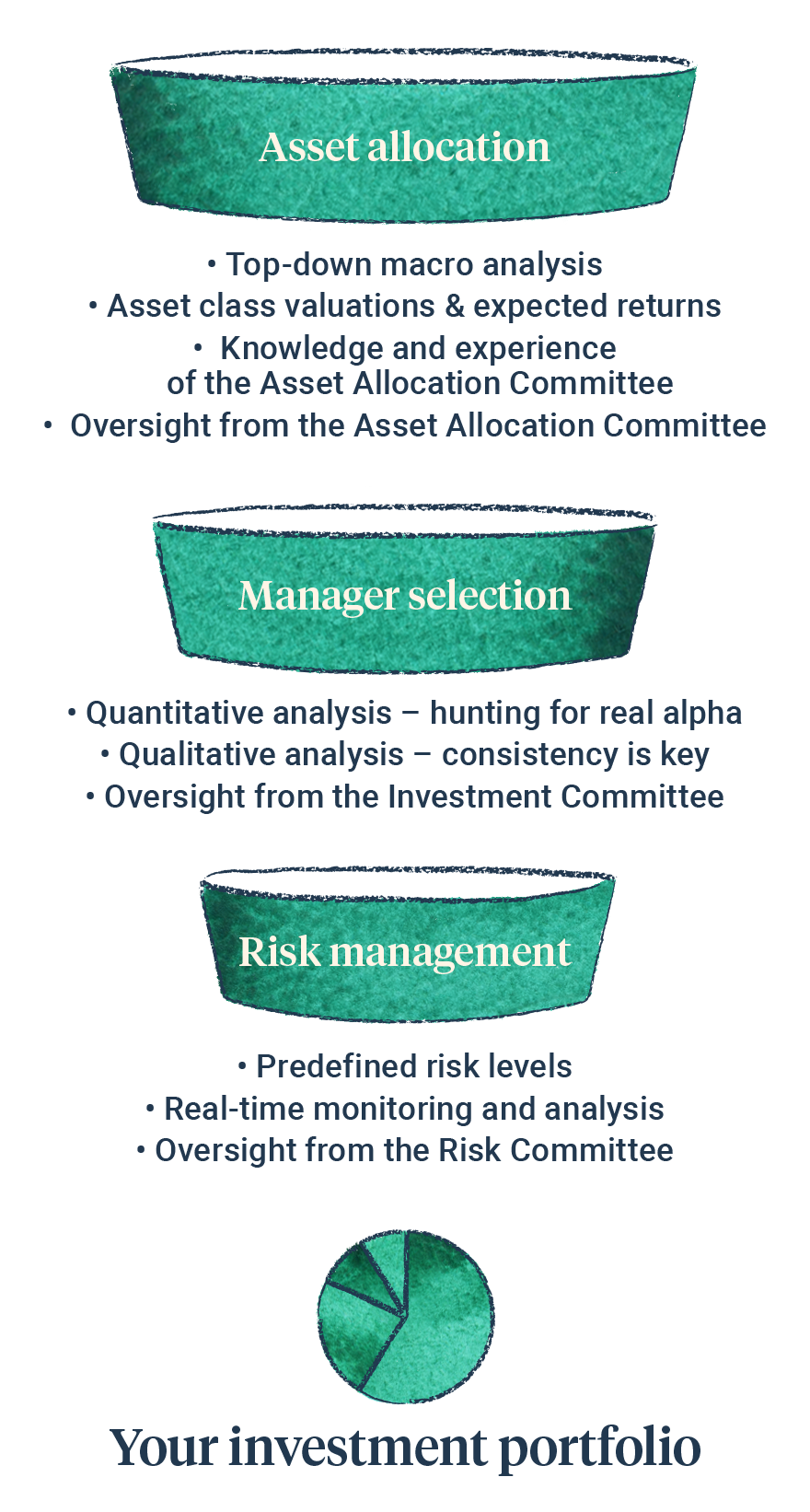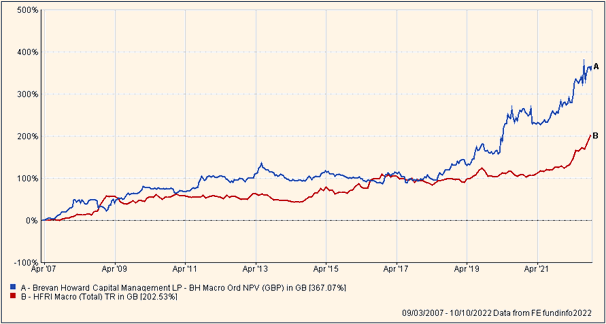Growth (economic)
The macroeconomic outlook is uncertain, with sharp swings in expectations as market participants adjust to new data. The data suggests economies are deteriorating. We see a slowdown in both world GDP and possibly inflation. Economists predict a higher chance of recession in the UK and Europe than in the US, Japan and China. We have been fearful of the situation in China for some time over concerns about the sustainability of its export and domestic property-led recent growth model. The key issue for us is whether it is a hard or soft economic landing in the US as the Federal Reserve tightens policy to reduce inflation.
Interest rate & liquidity environment
Policy hawkishness is the main feature influencing markets. The central case is that inflation is peaking around now, presaging a peak in interest rates by year end or early 2023, which is being reflected in inverted yield curves. Central banks are reducing their balance sheets and market liquidity, which makes policy much more restrictive than headline interest rates imply.
Valuations & earnings outlook
World equity valuations (P/E ratio) have fallen significantly from their highs in 2021. Some areas look cheap, particularly the UK, where valuations are cheaper than they were after the 08/09 financial crisis. European and Japanese equities are also very cheap with, for example, Eurozone equities trading around their Covid lows. There is evidence that US corporate margins and earnings are beginning to come under pressure but are still holding up well. Our expectation is that corporate earnings will fall from here as economies enter recession. That said, earnings in Japan are growing, beginning to drive relative outperformance of this market.
Sentiment / flows
Sentiment is very poor based on survey submissions yet, in our opinion, actual investor positioning seems more ‘risk on’ with big institutional investors maintaining still high equity weightings. Perhaps the resilient earnings season is helping, and the idea that we may be near the peak in interest rates in the US.








